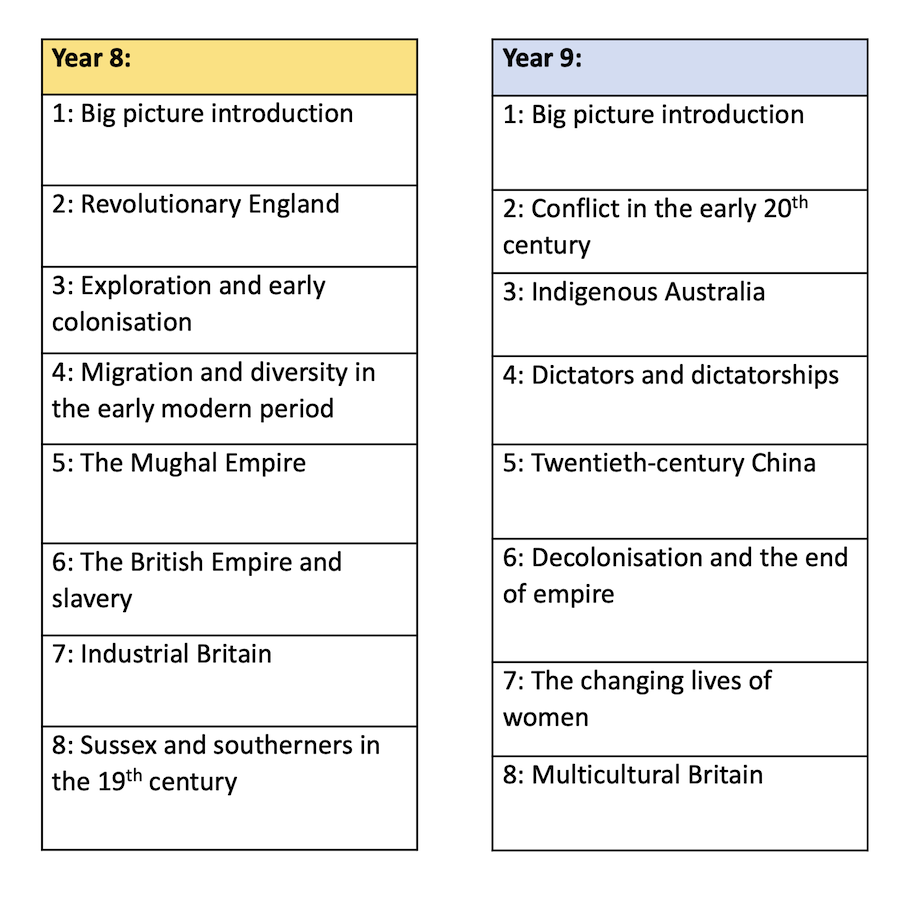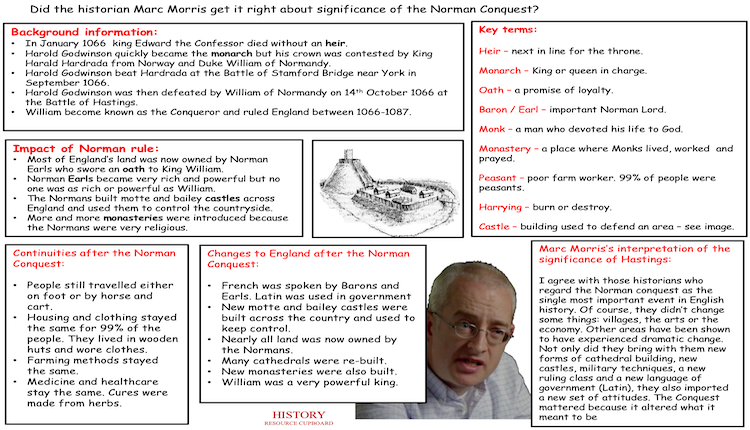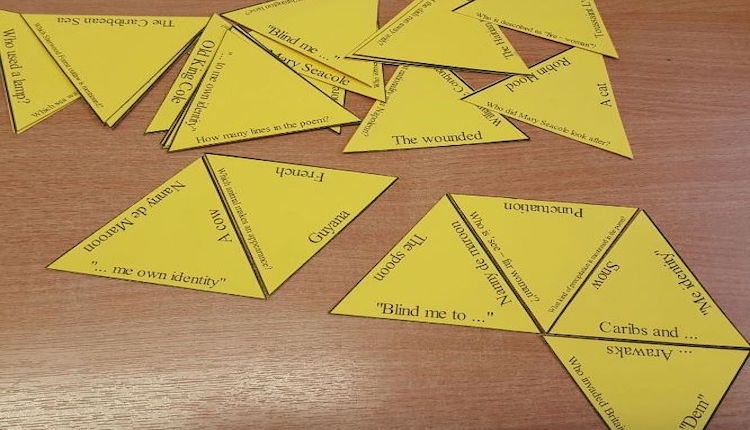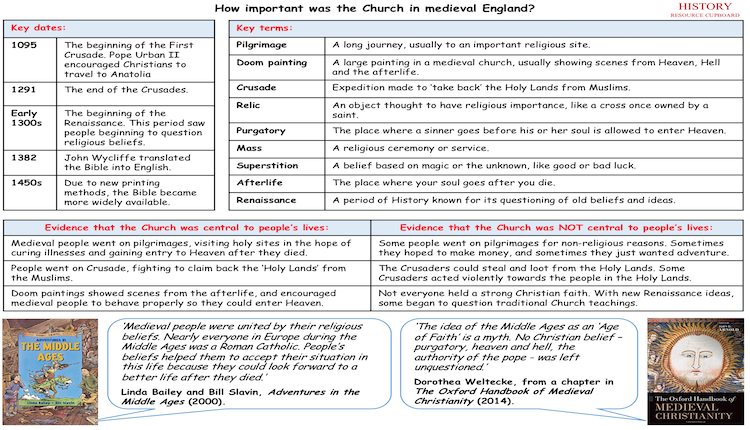 ‘Diversity’ is one of the most important aspects of an engaging, effective and rigorous History curriculum – and it is currently top of the agenda when it comes to discussions and debates within the History teaching community.
‘Diversity’ is one of the most important aspects of an engaging, effective and rigorous History curriculum – and it is currently top of the agenda when it comes to discussions and debates within the History teaching community.
National policy stipulates teachers’ roles in fostering inclusivity among pupils, and recent global events (like George Floyd’s murder, and developments in the Black Lives Matter movement) have underlined the importance of a diverse offering in the History classroom.
Even the National Curriculum refers to the importance of a varied History ‘diet’, noting that pupils should understand ‘wider world’ history as well as the ways in which Britain has ‘influenced and been influenced’ by the world beyond our shores.
In short, calls for diversity are coming at us from all angles – and no wonder, given the indisputably positive impact that a carefully-curated curriculum has on the social, emotional and academic development of pupils (Harris, 2013; Mohamud and Whitburn, 2014).
It is with all of this in mind that here at HRC we have spent the last year planning and creating a diverse KS3 history curriculum to help support busy history teachers.
You could download and follow the new HRC History curriculum that has been planned for Key Stage 3, the first units of which are now available here .
Curriculum aims
At the heart of the new HRC diverse curriculum are five key aims:
- To reflect and celebrate the diversity of our pupils. We want pupils to ‘see themselves’ in the stories and case studies that are woven through the topics, and to feel that they are – in a sense – ‘represented’.
- To offer a coherent approach, that helps to develop pupils’ knowledge and understanding as well as their historical skills. To this end, activities are consciously planned to teach and revisit the concepts of causation, consequence, change and continuity, and similarity and difference.
- To introduce pupils to a range of historical interpretations from recent, respected (and diverse) historians – and to equip them with the skills needed to evaluate how convincing these interpretations are. In short, it helps pupils to understand ‘the conditions under which valid claims about the past can be made and challenged’ (Counsell, 2021).
- To help pupils understand the ways in which contemporary sources can be used to form judgements – and, where relevant and useful, to introduce pupils to ‘alternative’ sources (like oral or illustrated sources).
- To provide you with a comprehensive, fully planned curriculum that fulfils the requirements of the National Curriculum, and that includes all of the resources you need to deliver engaging, memorable and meaningful lessons every single day.
Spotlighting the overlooked
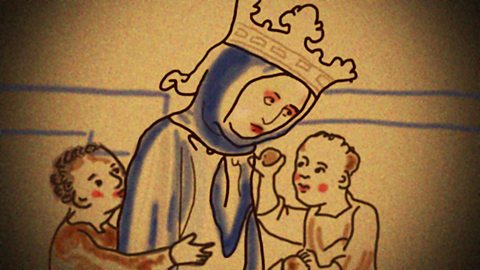 Diversity is at the front and centre of both the lessons themselves and the units as a whole. The curriculum provides opportunities not only for pupils to encounter new and exciting individuals and stories – but for their entire worldview to be challenged, perhaps even uprooted.
Diversity is at the front and centre of both the lessons themselves and the units as a whole. The curriculum provides opportunities not only for pupils to encounter new and exciting individuals and stories – but for their entire worldview to be challenged, perhaps even uprooted.
So, the year 7 curriculum introduces pupils to characters like Emma of Normandy, the wife of King Cnut whose achievements are often obscured by those of her husband.
It also introduces Xuanzang, the Chinese monk whose 17-year long pilgrimage to India had such an important impact of the development of Chinese Buddhism.
Enquiry Questions
Beyond this, though, each unit is built on an enquiry question that is designed to spotlight an overlooked or underemphasised aspect of history.
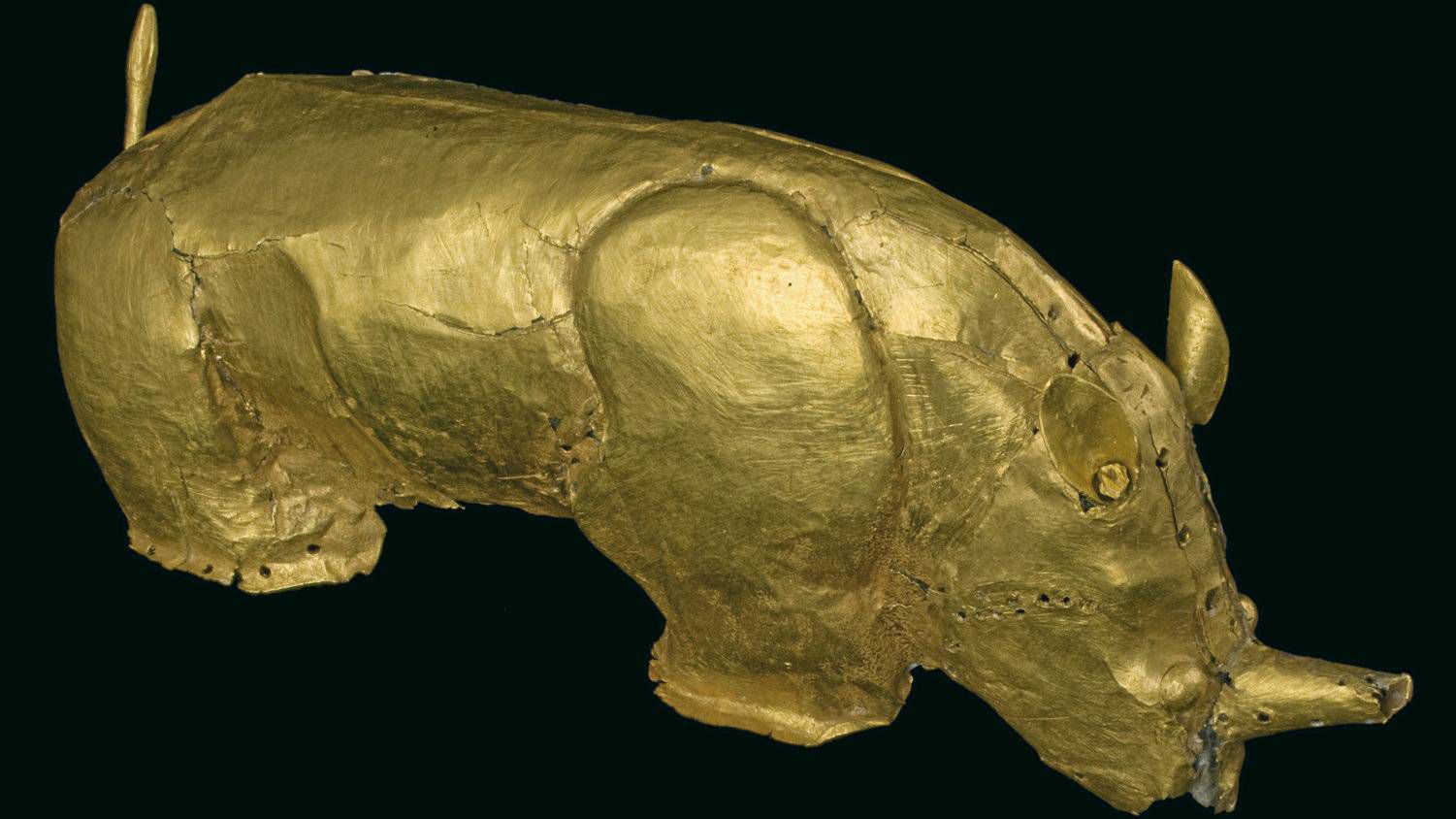 When pupils study medieval Africa, they respond to the question ‘Was there really a “golden age” in medieval Africa?’, the inspiration for which comes from Francois-Xavier Fauvelle’s 2018 book The Golden Rhinoceros.
When pupils study medieval Africa, they respond to the question ‘Was there really a “golden age” in medieval Africa?’, the inspiration for which comes from Francois-Xavier Fauvelle’s 2018 book The Golden Rhinoceros.
Pupils do not simply learn about Sundiata Keita, Mansa Musa and the ‘bad ass librarians of Timbuktu’ for the sake of it – but to help them reach a nuanced, evidence-informed understanding of the wealth, connectedness and cosmopolitanism of medieval Africa.
The finer details
The year 7 curriculum comprises 70 lessons (including assessments for each unit). This is enough to cover an entire school year, based on History being allocated two lessons per week.
Eight separate units each contain around eight lessons. The first unit is geared towards overview, with lessons introducing pupils to the ‘medieval’ period as a whole, and to the skills and concepts to which they will return in the course of the year.
Subsequently, a chronological approach is taken, with units on ‘British’ history (Migration in early Britain, the Norman Conquest, and Outsiders in medieval England) interwoven with those adopting a more ‘global’ focus (China’s Tang Dynasty, Kievan Rus and the formation of Muscovy, Medieval Africa, and Global catastrophes).
Unit Focus with Enquiry Question
- Big picture introduction: What was the big story of the medieval period?
- Migration in early Britain:What impact did migrant groups have on the development of early Britain?
- Chinese Tang Dynasty: Was China under the Tang Dynasty really ‘the greatest civilisation on earth’?
- Vikings and Climate Change: How does the climate help to explain the changing fortunes of the Vikings?
- Norman Conquest: ‘Arrogant, warlike and very pleased with themselves’: What were the Normans really like?
- Outsiders in medieval England: What was it like to be an ‘alien’ or an outsider in medieval England?
- Medieval Africa: Was there really a “golden age” in medieval Africa?
- Kievan Rus and the formation of Muscovy: Is Martin Sixsmith right about ‘culture, beauty and embryonic democracy’ of Kievan Rus?
The unit can be introduced to pupils through the ‘big story’ document, which offers an overview of the key ideas and themes explored in the unit as a whole (as well as a brief comprehension activity, which might work well as an introductory homework task).
Lesson powerpoints are accompanied by write-ups that help to identify the key knowledge takeaways to be emphasised.
A tarsia can be used to help pupils revise the key terms and content from the unit, before they complete a knowledge test (based on the knowledge organiser) and a written assessment.
Meaningful and engaging assessment
Two methods of assessment are built into the new curriculum. First, knowledge tests (which include multiple-choice questions, chronology tasks and key word match-ups, as well as questions requiring slightly longer answers) give pupils the chance to show off how much they’ve learnt.
Second, each unit is designed to conclude with a written assessment, which focuses on developing pupils’ historical skills. A range of tasks are used, from creating ‘time traveller’s guides’ and designing murals, to curating museum exhibitions and updating flawed textbook spreads.
The assessments help to develop the skills that will be tested at GCSE – although they by no means do this in a prescriptive way. The end-of-unit assessment tasks are designed to promote engagement, evaluation and synthesis, not to introduce GCSE-style question stems.
Making a difference
The best History is that which illuminates the heterogeneity of the past – and which shifts pupils’ understanding, encouraging them to think about events, people or societies in new ways. These aims are at the heart of our new diverse Key Stage 3 curriculum.
Taken together, the units work to expose the range of identities and ideas that have existed in history – as well as the different ways in which aspects of this history have been interpreted and understood by historians.
In adjusting the lenses through which aspects of History are viewed, the curriculum promotes a more complex understanding of both past and present.
By adopting the new diverse Key Stage 3 curriculum for years 7-9, you can be assured that pupils will have embedded the key skills needed to thrive at GCSE and beyond. More importantly, they will have developed a broad, balanced and nuanced understanding of the past, and of the ways in which this ‘past’ continues to resonate in the modern world.
The 3 Year Overview
We have also plotted out what topics are going to be covered across Ks3. Have a sneaky look here at what we have planned and what is to come.